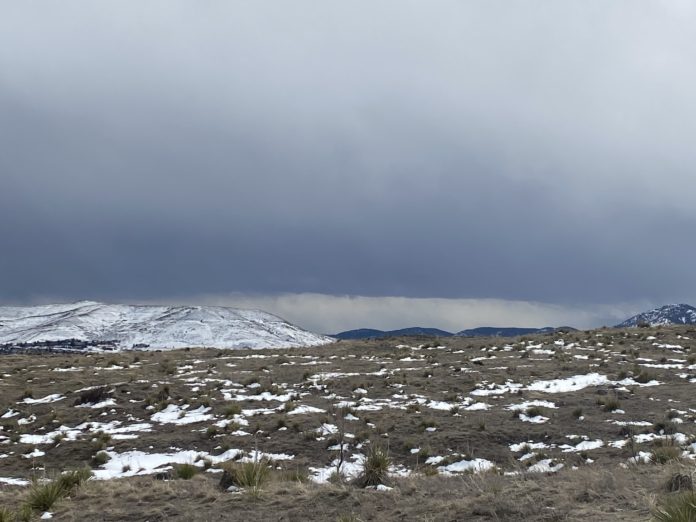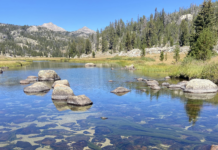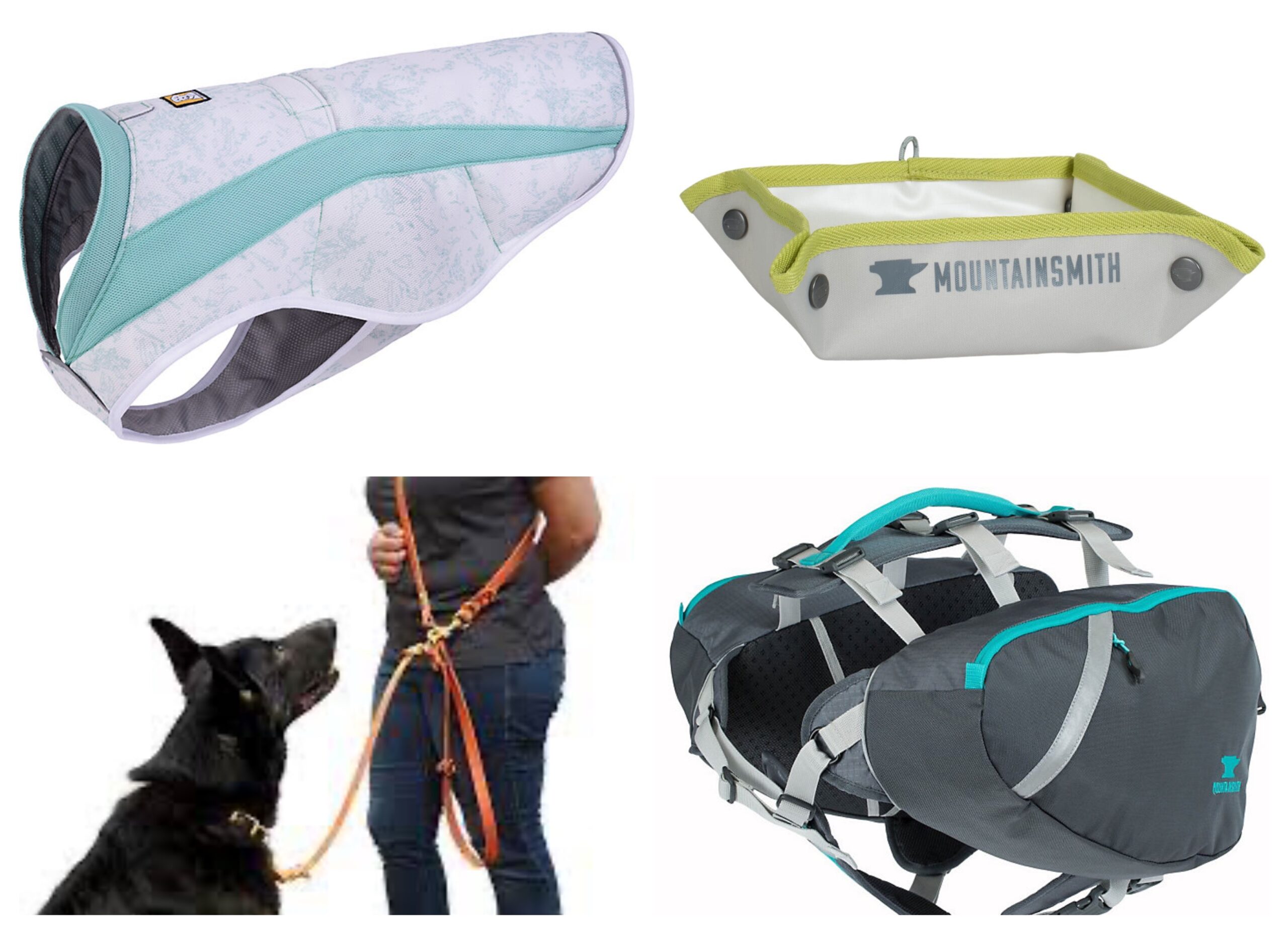A few days ago, I went for a run in a local open space. Despite being in the midst of a global pandemic, the parking lot at the trailhead was completely full. Children were playing in a nearby stream while their parents enjoyed the weather from a picnic table. And the doors to the public porta johns were swinging open every few minutes to accomodate the hoards of people who were “social distancing” outside.
Once I was on the park’s main trail, it was relatively easy to keep my distance from hikers and runners. But occasionally, I’d have to pass someone and close the gap between us. And sometimes there were as few as 2 feet between me and a stranger, which is significantly less distance than the CDC’s recommended 6 feet.
After making my way back to my car, I wondered about the ethical side of swarming trailheads. What’s the safest way to get outside during a pandemic? If we stay away from large crowds, aren’t we supposed to minimize the risk? Is it possible to be in public areas without being at risk? And how will we keep our mental health intact if we can’t go outside?
How do we contract the virus?
Like many illnesses, COVID-19 is transmitted through human touch. The CDC shares that: “The virus is thought to spread mainly from person-to-person.” But if you leave mucus particles on surfaces or you sneeze, you don’t necessarily have to touch anyone in order to spread the virus.
Additionally, the University of Chicago Medicine reports: “When it comes to respiratory droplets, 6 feet is the magic distance. That’s how far these tiny, infected droplets can travel. Being within 6 feet of someone who is sick can get you or your personal space contaminated with COVID-19.” The “6 foot” magic number that officials keep mentioning isn’t an imagined distance. This is how far micro droplets are capable of traveling.
Can you become infected from touching surfaces?
At the moment, we don’t know enough about COVID-19 to determine how contagious surfaces can become. Or how long the virus can live on different types of surfaces. And until more research can be conducted, we won’t be able to comprehend the exact risks associated with using picnic tables and public restrooms. But, according to the CDC: “It may be possible that a person can get COVID-19 by touching a surface or object that has the virus on it and then touching their own mouth, nose, or possibly their eyes, but this is not thought to be the main way the virus spreads.” It’s likely that you can become infected by touching a surface that someone else has already touched.
Do we have to be symptomatic to spread the virus?
No. We can still spread the virus if we’re not showing symptoms. This means that we could be infected and spread the virus without knowing it.
What are the Covoid-19 symptoms?
According to the CDC, symptoms are as follows:
- Fever
- Cough
- Shortness of breath
What does the pandemic have to do with hiking?
If you’re choosing to hike on single-track trails, you’re unlikely to maintain a 6-foot distance between yourself and other humans at all times. This means that you could be contributing to the spread of the virus. Additionally, if you choose to use public facilities, picnic tables and chairs, you are even more at risk for coming into contact with the virus.
What if I can hike trails that are larger than single-track trails?
Today, I was able to find a trail system that had particularly wide trails. I did run into a handful of other hikers while I was outside, but everyone I saw seemed conscious and respectful of the 6-foot radius. So, it’s possible to hike without ever bursting your bubble.
But even within this large-track trail system, there were a few areas where the trails were single-track. And if you end up in a traffic jam, someone will probably step off-trail (which also isn’t ideal because it damages the local ecosystems).
What’s the most ethical way to interact with outdoor spaces right now?
I recognize that there are parts of the world where hiking means spending a bunch of time alone, but try to think about your situation before choosing to go outside. Spreading the virus is just going to contribute to the amount of time we have to stay in quarantine.
Listen to the people who research this stuff for a living. A 6-foot radius will create a safe zone. During a pandemic, operating in public places is likely to put you in harm’s way. But there’s no reason why you can’t enjoy the outdoors if you stay within the recommended boundaries. And try to stay away from the areas that people usually touch (like picnic tables and bathrooms).
Proper pandemic protocols should be respected in order to minimize the impact of Covid-19. This means that you might want to think twice about swarming to popular, single-track trailheads. If, however, you’re able to maintain a safe distance from other people and you can avoid using public areas, day-hiking should be fine.
For More Inspiration:















